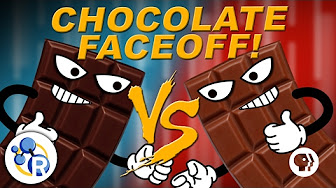Billions of people rely on a single, hundred-year-old chemical reaction every day: the Haber-Bosch process. This simple, short reaction consumes 1% of the world’s energy supply and releases 2% of its carbon dioxide emissions. Chemists have been trying to come up with a fundamentally better way to fix nitrogen for over a century. Have they finally succeeded?
Sources:
- Industrial ammonia production emits more CO2 than any other chemical-making reaction:
- Chemists-make N-NH efficient reaction ever
- Nitrogen reduction to ammonia at high efficiency and rates based on a phosphonium proton shuttle
- Electroreduction of nitrogen with almost 100% current-to-ammonia efficiency
- Lithium salts for advanced lithium batteries: Li–metal, Li–O2, and Li–S
- Protonated ethanol and its neutral counterparts
- Electrochemical synthesis of ammonia as a potential alternative to the Haber–Bosch process
- Lithium-mediated electrochemical reduction of high pressure N2 to NH3
- Nature Catalysis








